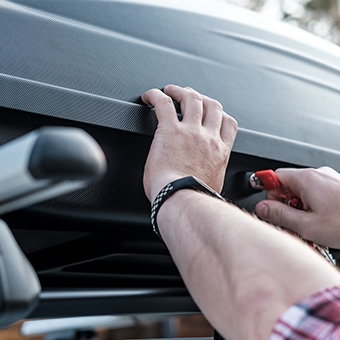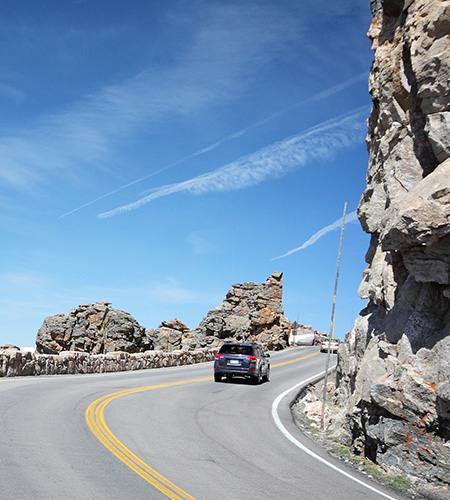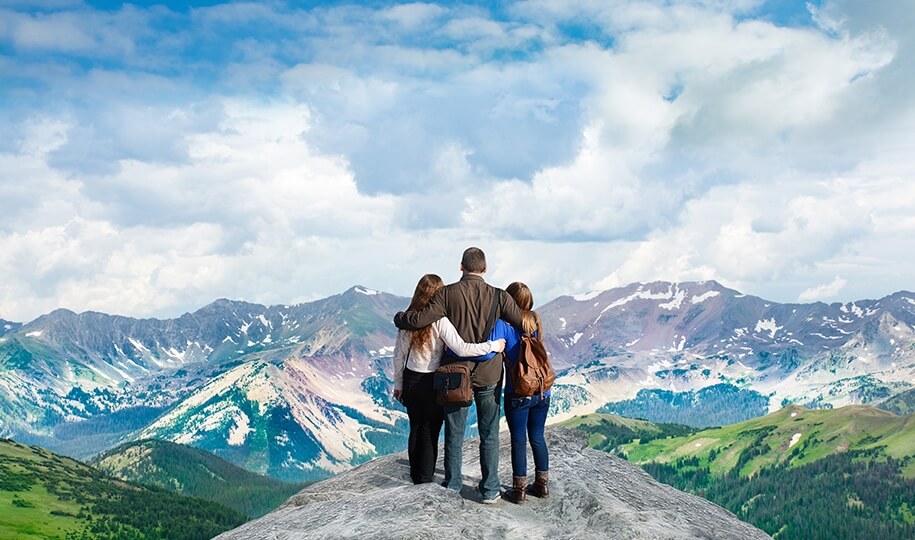How to Prepare for Your Trip to the Rockies
The Rocky Mountains of Colorado and Wyoming have some of the most beautiful scenery in North America. The area is a haven for outdoor enthusiasts, hikers, cyclists, skiers, and tourists of all kinds.
However, driving through the Rockies at any time of the year requires preparation. Distances between populated areas are great, and in many areas, services can be limited.
Snowstorms are regular occurrences from early fall through late spring, and weather conditions can change quickly year-round. Shorter days and lower temperatures are a concern in the fall and winter. Spring and summer can mean thunderstorms and sudden downpours. Limited visibility caused by fog can be a concern at any time.
To stay safe at any time of the year, preparation is key.
Here are some tips for staying safe in the mountains:









